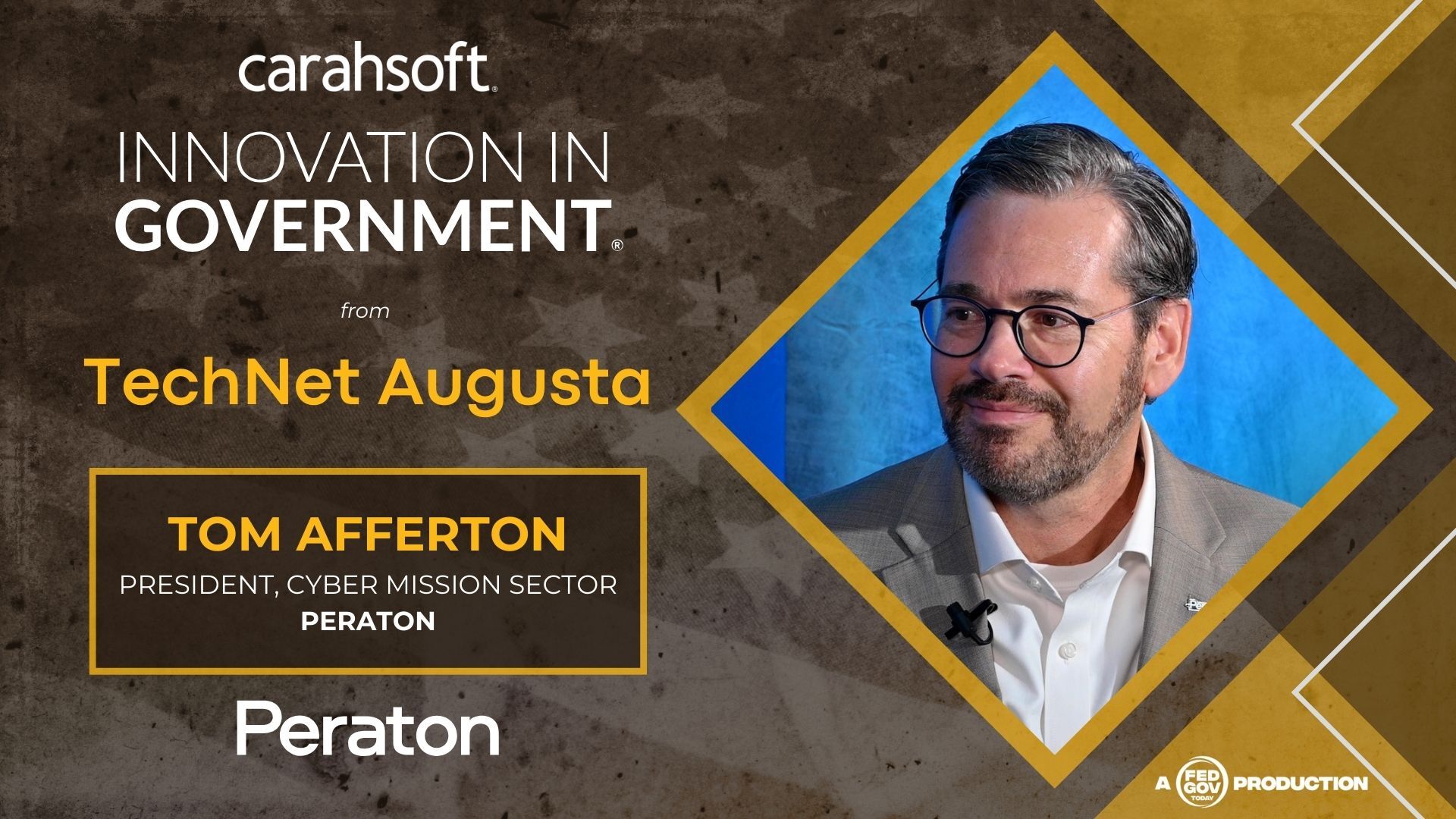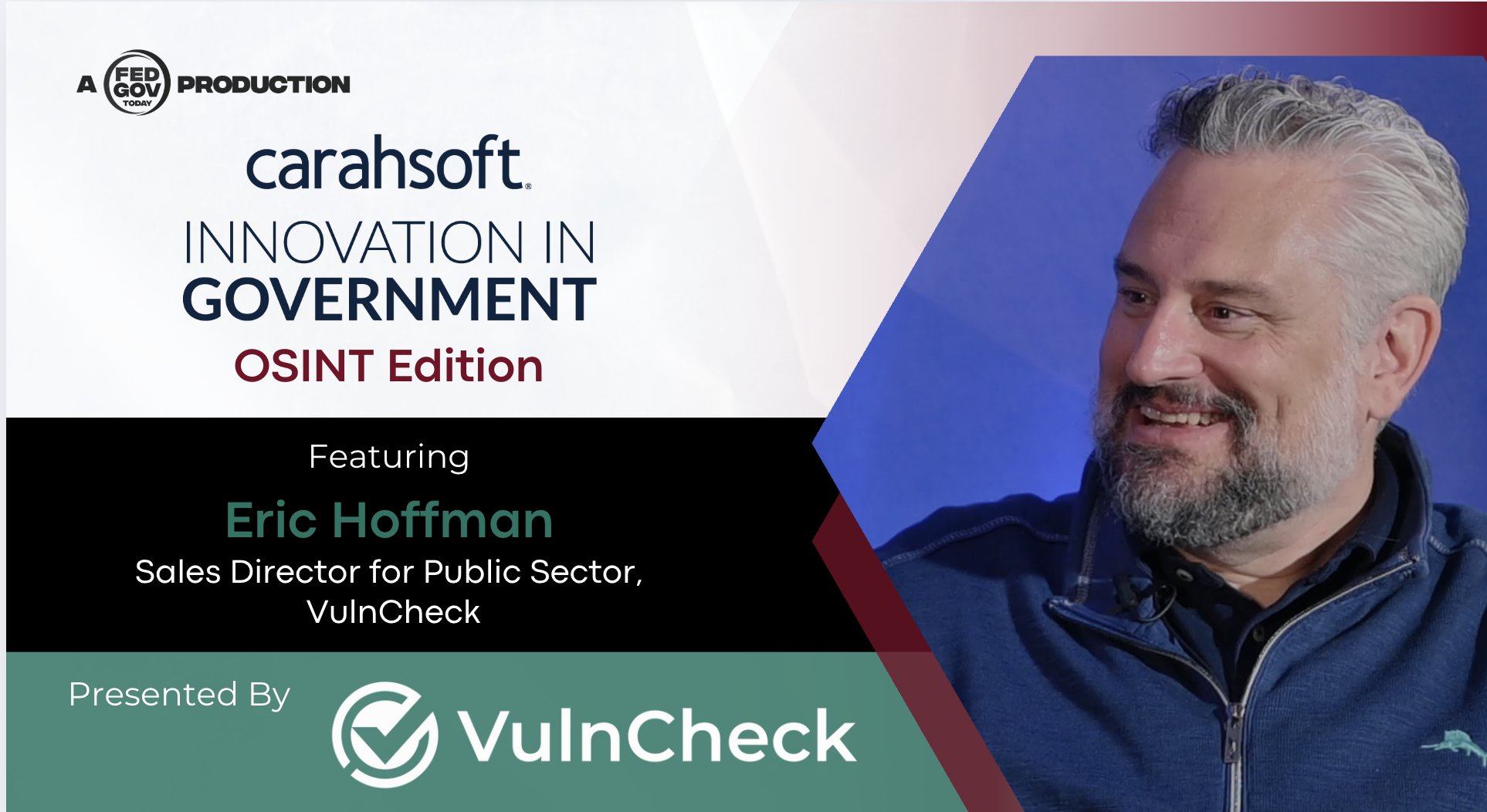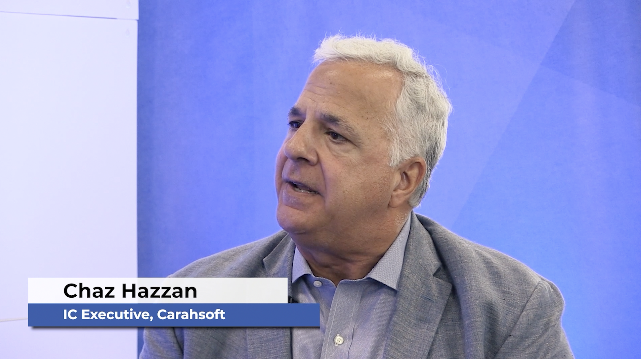Original Broadcast 9/17/25
Presented by HPE and Carahsoft
As warfare grows more complex, the Army and its partners are recognizing that future operations will depend not just on firepower but on the ability to integrate data across domains. Von Gardiner, Director of DoD and Distinguished Technologist at Hewlett Packard Enterprise, argues that trusted data and speed of decision-making will define success in multi-domain operations (MDO).
Gardiner frames the challenge clearly: the modern battlefield is no longer confined to land, sea, or air. It now spans space and cyberspace, creating a web of interdependent domains where decisions must be made faster than ever. To succeed, commanders must be able to integrate data from all of these domains, process it quickly, and act with confidence. Speed and trust, Gardiner insists, are the two critical ingredients.
The first step is ensuring data trustworthiness. In a contested environment, commanders cannot afford to act on corrupted or incomplete information. That requires a foundation of trusted sources, open standards, and architectures that ensure data can be shared seamlessly. Gardiner warns against proprietary solutions that lock information into silos. Instead, he advocates for open systems designed to facilitate integration across services and with coalition partners. Interoperability, not exclusivity, is the key to fighting and winning in a multi-domain environment.
 Coalition operations add another layer of complexity. Allies and partners often bring their own technologies, standards, and policies. Without shared approaches, information sharing becomes slow, cumbersome, or impossible. By enforcing open standards and ensuring transparency, Gardiner argues, the U.S. and its partners can achieve the trust necessary to operate together at speed. For MDO to work in practice, the coalition must be able to share data as confidently as it shares intelligence or logistics.
Coalition operations add another layer of complexity. Allies and partners often bring their own technologies, standards, and policies. Without shared approaches, information sharing becomes slow, cumbersome, or impossible. By enforcing open standards and ensuring transparency, Gardiner argues, the U.S. and its partners can achieve the trust necessary to operate together at speed. For MDO to work in practice, the coalition must be able to share data as confidently as it shares intelligence or logistics.
Artificial intelligence has a central role to play in this integration. The sheer volume of sensor data, signals, and battlefield inputs is beyond human capacity to process in real time. AI tools can sift through massive data sets, identify patterns, and flag actionable insights far faster than human analysts. In Gardiner’s view, AI should be used to augment decision-making, not replace it. The commander remains the final authority, but AI accelerates the process of sorting signal from noise.
The migration of data and compute power to the edge is another defining shift. In past conflicts, data often had to be sent back to centralized headquarters for analysis before decisions could be made. That model no longer works. In a contested environment, communications may be jammed, networks disrupted, or links severed entirely. Soldiers and commanders at the tactical edge must be able to operate independently, with the tools to analyze data locally and act even when disconnected from higher headquarters.
Gardiner stresses that operating in a degraded or disconnected state is no longer an exception—it is the norm. The enemy gets a vote, and disruptions are inevitable. The Army must be prepared to function effectively when cut off, and that means equipping units with AI-enabled analysis, resilient data systems, and the autonomy to act. When connectivity is restored, those edge systems can sync back with the larger enterprise, but in the meantime they must be self-sufficient.
Another crucial aspect is the balance between policy and technology. Technology can deliver open architectures, AI, and edge computing, but policies must support their integration. If services or agencies cling to outdated standards or resist data sharing, technology alone will not solve the problem. Gardiner calls for strong DoD–industry partnerships that address both policy and technical barriers together.
Ultimately, Gardiner’s message is that the U.S. military must move faster and with greater trust in the information it uses to make decisions. Speed without trust risks catastrophic mistakes, while trust without speed allows adversaries to seize the initiative. Only by combining both can commanders outpace adversaries in an environment where milliseconds matter.
As the Army continues to refine its MDO concepts, Gardiner highlights a simple but powerful principle: information must be both trusted and timely. Open systems, coalition interoperability, edge computing, and AI will all play roles, but the outcome hinges on whether the military can deliver trusted information at the speed of relevance. Hewlett Packard Enterprise, through its work with DoD, is helping push this transformation forward.
The future battlefield will be contested, complex, and fast-moving. By breaking down silos, building trust, and empowering soldiers with edge capabilities, Gardiner believes the Army can achieve the information advantage it needs to win.



